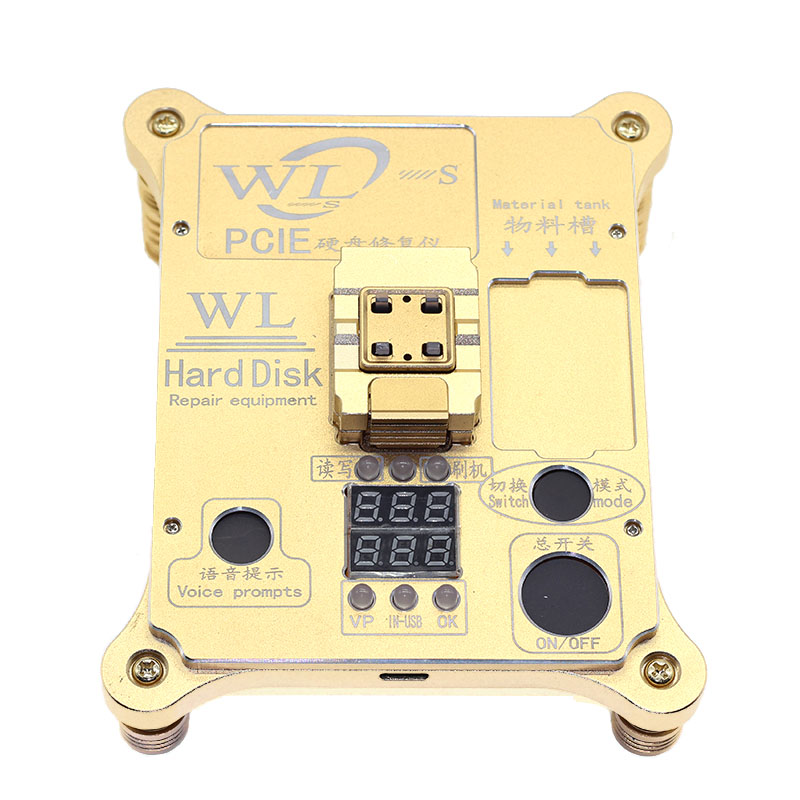64 Bit Hard Drive

To run Windows 7, the hard drive will need to be able to hold at least 16GB of data for a 32-bit operating system and 20GB of data for a 64-bit system. When should you consider an external Windows 7 hard drive?

It depends if your license is a boxed retail version purchased from a store. If it is, yes it should, as you would have been given 2 DVD's; 1 32 bit and the other 64bit.A tutorial?1. Create a partition big enough on the exisiting hard disk to store your files (if you already have one use that)2. Move your files from your Windows installation that you want to keep to this new partition (e.g. Documents, pictures, videos etc etc)3. Reboot and install the 64 bit OS to your partition containing the 32 bit OS your using now (obviously you format it during install).4.
64 Bit Hard Drive Copy Software
Once the 64 bit OS is installed, you then move those personal files back onto the OS partition.5. Delete the partition you made in step one, or keep it if you used one you already previously had.Its drag and drop, simple copying from one partition to another. Your seriously over-analysing and overly complicating it. You need to format the C disk, but not until you have moved your data to another partition.
64-bit Hard Drives

Given the sheer volume of data though, you might need to move things around in terms or partitions to be able to copy your data across beforehand.If it was me, I'd move the data from the last two partitions to your C disk. Then delete both of those partitions, then resize your current C disk so that once its resized you'll then have enough free space on the hard disk to create a simple partition, and then place all your data in there.Then install Windows 7 to your current C disk, and keep your data on a separate partition, that way you never have an issue with moving data again. You could of course just get a new hard disk, and install W7 to that, and use your current hard disk as one big partition to store all your personal data. Click to expand.What would that achieve??I don't get why you want to make this so hard for yourself dude, I really don't:haha:20GB is nowhere near enough space to house a W7 install with updates and other packages taking up the space.
It would probably run horrible as well, plus you'd then be using two OS's and that is pointless when the other one is 32bit.Keep it simple, and install the new 64 bit to your formatted C partition now.You can only boot with a physical disk; whether thats USB powered, or SATA/SAS/SCSI/EIDE etc hard disk. You cannot boot with a virtual software based partition or disk. What would that achieve??I don't get why you want to make this so hard for yourself dude, I really don't:haha:20GB is nowhere near enough space to house a W7 install with updates and other packages taking up the space. It would probably run horrible as well, plus you'd then be using two OS's and that is pointless when the other one is 32bit.Keep it simple, and install the new 64 bit to your formatted C partition now.You can only boot with a physical disk; whether thats USB powered, or SATA/SAS/SCSI/EIDE etc hard disk. You cannot boot with a virtual software based partition or disk. I would move the data from your last two partitions (M + S) onto your current C: partition.
Then delete M + S, and resize C: to as small as the Disk Management will let you. This will take some time to achieve, so be patient.Then you should be left with only System Reserved, and C. Then create a simple partition upto the max size allowable, and transfer all your personal data from C to this new partition.Make a note of the new total size of the C partition, then its a simple case of booting into Windows setup, and formatting your C partition (identify it by its total size), and then installing 64bit to that.Once in Windows, move all your personal data back, and delete the partition you made to move all your data into.
Or keep it, and use a separate Data partition. Either way will work just fine. Here's a side note:I remember a while back, I accidentally booted up and started installing 64bit Vista as opposed to 32bit on my friends Acer desktop which had a OEM license sticker on it. I was not aware I mixed up the DVDs and booted up from the 64bit version. I proceeded with the installation, booted into Vista and was able to use his Vista Home Premium OEM key to activate the 64bit version of Vista. He originally had the 32bit version installed, I remember checking it right before I started the installation process in the 'System' control panel.
Comments are closed.